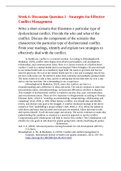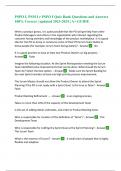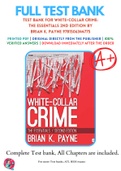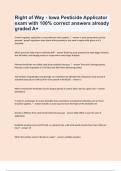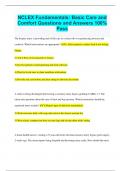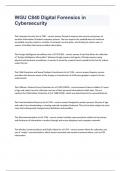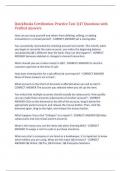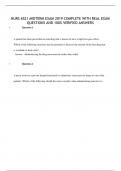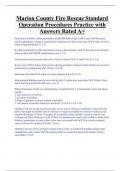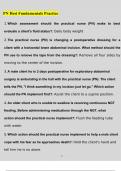Tentamen (uitwerkingen)
FNP MSN 560 Week 6: Discussion Question 1 - Strategies for Effective Conflict Management
- Vak
- Instelling
Write a short scenario that illustrates a particular type of dysfunctional conflict. Provide the who and what of the conflict. Discuss the components of the scenario that characterize the particular type of dysfunctional conflict. From your readings, identify and explain two strategies to effe...
[Meer zien]
